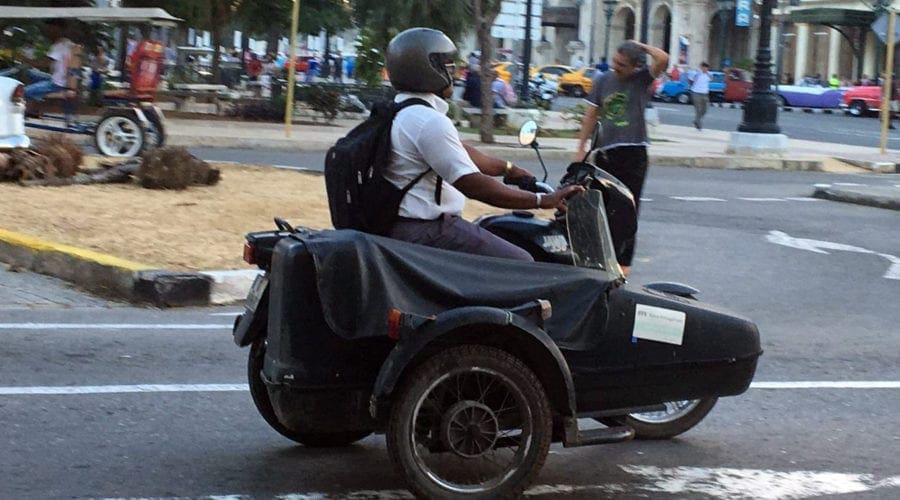In what might be a cunning plan to seduce the younger generation to the dark side of motorcycling, one RC reader asked his offspring to keep an eye peeled for interesting old bikes on his travels in Cuba. And this is what Vincent Wood discovered…

I haven’t had to do homework on holiday since I went on a school trip to Barcelona when I was about 14. Yet, here I am, after three weeks swanning around Mexico without a care in the world, about to land in Havana with my father’s words ‘keep an eye out for bikes’ ringing in my head. This may come across as perfectly innocuous to the untrained ear but my biker translation skills are adept enough to realise this actually means, ‘gauge the motorcycling scene and make a mental note of anything interesting.’
This started with a conversation on the well-established notoriety of the Cuban car scene, of which most people are aware. It consists mainly of 1950s American classics and a smattering of eastern bloc and Soviet-style machines kept in running order by any means possible. We speculated if the lesser-known bike scene might be similar and so, upon arrival in Cuba, it’s my job to find out.
Enjoy more RealClassic reading in the monthly magazine.
Click here to subscribe & save.
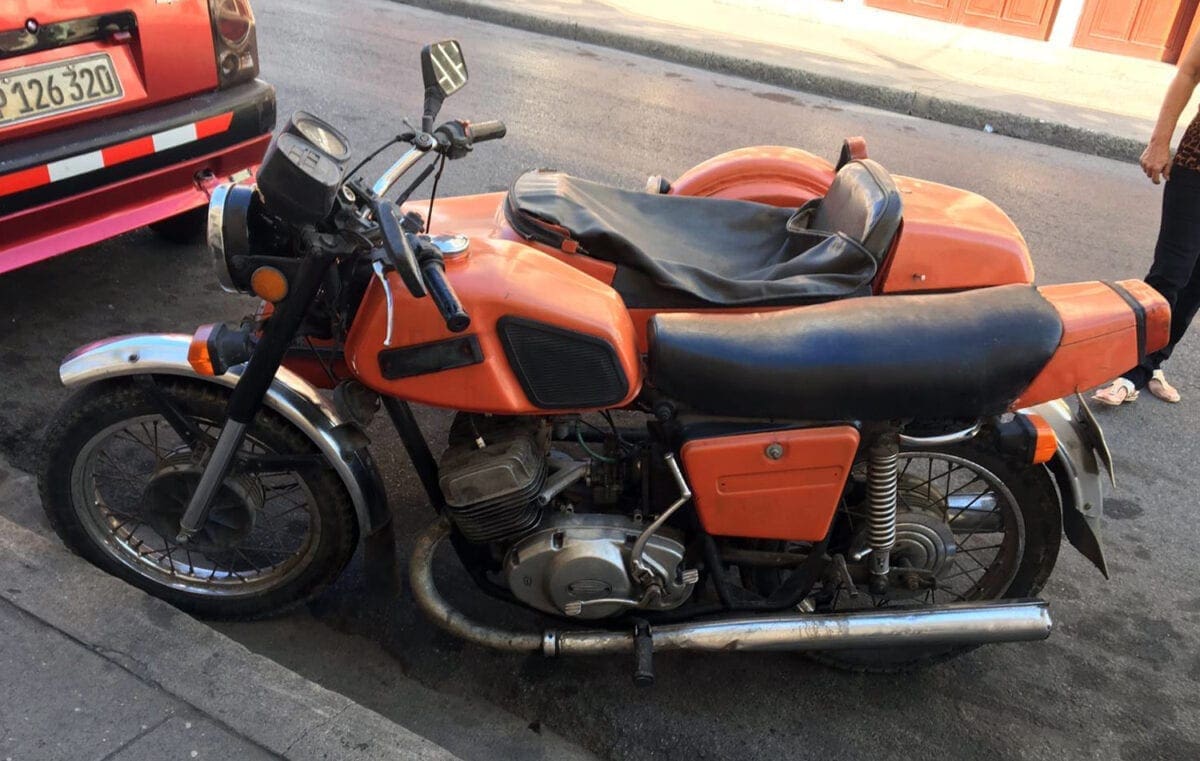
The first motorcycle I spot is, as if by some twist of fate, a Ural outfit, the type of Russian set-up my father happens to be somewhat obsessed with. This encounter almost comically adheres to the preconceived notion that the vehicles in Cuba would all be Soviet-era machinery so that I can’t help but guffaw at the absurdity of the situation. My cab driver asks me what I’m laughing at and my Spanish is barely good enough to tell him my father owns one of these outfits. It doesn’t stretch so far as to mention that I once flipped one of them over in a field…

What is striking, as we head to the centre of the city, is just how many motorcycles are about. Traffic in Havana, just like any other major world city, is pretty abundant and bikes make up a fair share of that and not just ones of a certain age. I learn later that this is because of the cost of owning a vehicle. The government often buys vehicles cheap from Panama or countries with good trade links, often current / former communist states, and then sells them on at three times the price. This leads to some rather interesting outcomes, as we shall see.

Once I settle into my hotel, there is still enough daylight for me to take a wander around the neighbourhood, which just so happens to be nearby the famed Malecon esplanade-come-seawall where petrolheads park up and polish their vehicles of all size and shapes. For all the images of crumbling, brightly coloured, colonial infrastructure, and the bay and surrounding scenery that you see in travel articles, no one ever tells you that the place smells of petrol. Not an overwhelming, eye-watering stench but a definite persistent hint that stays with you. I suppose this comes from a city running cars which date from the pre-catalytic converter period.

Here I also find one of the city’s larger police stations within the walls of an old Spanish fort. Arranged out the front are swarms of cheap Suzuki GN125s and their Chinese equivalents (Jialings, I believe). Again, the odd Ural and Dnepr outfit set-up accompany them.

Although this seems to be the overwhelming makeup of two-wheeled transport in the capital, this is not uniformly the case across the country. Certainly, it would seem that police patrols on the massive highways in and out of major cities are equipped with large, American-style cruisers… but upon closer inspection, these are actually Moto Guzzis. Given that it is illegal to photograph the police, military or any of their hardware in the country, getting a shot of these is no easy task.

The city of Santiago de Cuba is perhaps far more eclectic in its range of ‘motos’ because they are used predominantly as taxis. Bike riders are quite often inclined to pick up and drop off any person who might offer them a fee. The sight of whole families, often with shopping bags, goods or wares piled up with them, desperately clinging to a perilously teetering bike is not a rare occurrence. Some of the four-way road junctions lack power to the traffic lights, making it an even more stomach-churning visage.
This cab culture gives an interesting quirk to the range of motorcycles available. Some take the notion of a ‘motor’ and a ‘cycle’ to its purest form where an engine of any sort is affixed to a literal bicycle. The purchase price of vehicles and the short supply of spare parts means that you can also be deceived by the brand on the tank. Australian car enthusiasts coined the term ‘Frankensteiners’ and this practice has evolved in Cuba, too. Two or more vehicles are welded / patched / stitched together to create a hybrid. Where parts are unavailable, the engine, chain, lights or whatever else is needed – often from an entirely different make or model – are fitted as best as possible, creating something of a Frankenstein’s ride.
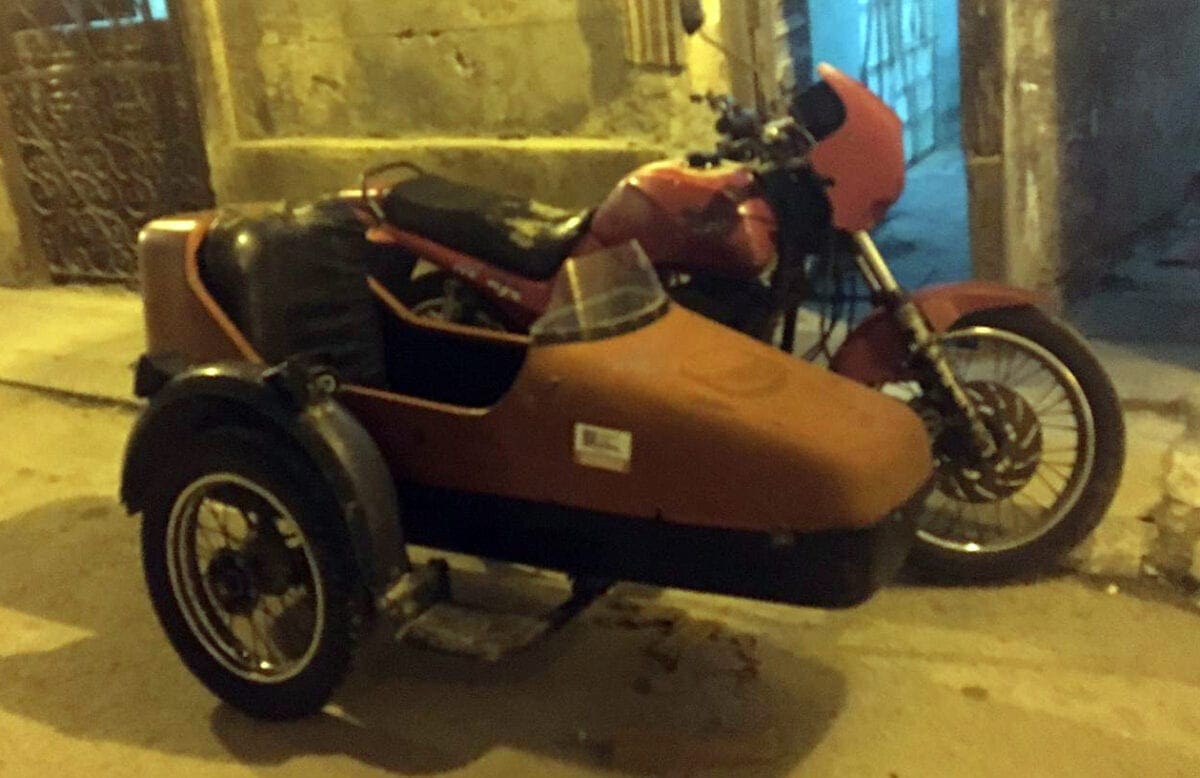
Nowhere is this more evident than in the outfits. You might think there is an inordinate amount of Urals about, with their distinctive tin-tub shaped sidecars still in abundance. A closer look reveals that, where the mechanical part has failed, possibly many years ago, the sidecar goes on and on and on and so is subsequently fitted to whatever bike (or amalgamation of bikes) that is available.
That’s not to say that the original bikes themselves aren’t necessarily still around. As the indomitable Cuban ingenuity has proved with their classic car scene, the nation has become proficient in keeping old things going by all and any means possible. As such, I (a man of a certain age, born the year of the collapse of the Soviet Union) was surprised to see so many vehicles that I would have otherwise had no knowledge about if it weren’t for my father’s strange infatuation with outdated technology. This includes a wide array of MZs (some still quite modern to be fair) and Cossacks.
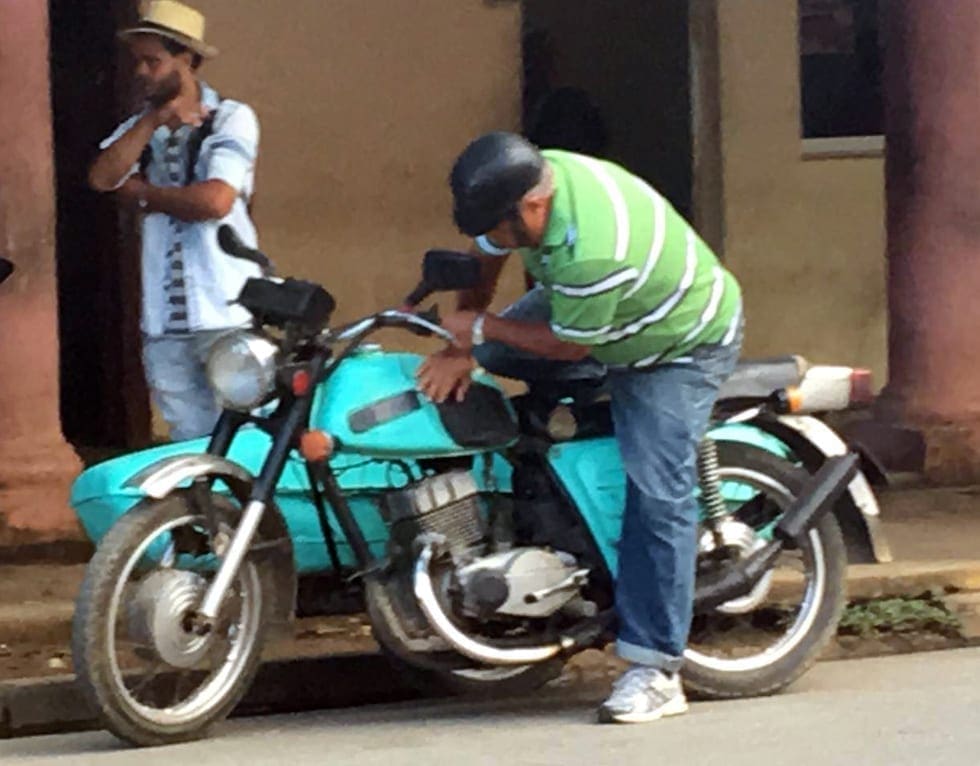
Given the state of some (read: most) of the roads, bikes also offer up that extra bit of manoeuvrability to avoid pot-holes and craters that plague further afield parts of the island nation. As such, motorcycles are only matched in popularity by horses. To say that they are so vast in number only for practical and pragmatic reasons would be unfair though, as there is certainly an affinity to freewheeling about on two tyres rather than four.
Cuba has a bold love for biking, in part fuelled by national hero Ernesto (Che) Guevara who famously traversed South America via motorcycle, and many machines have his face plastered over them. One of his sons has even set up his own business, trading on such mythology where you can tour the country on a bike from his company in a genius bit of capitalistic branding.
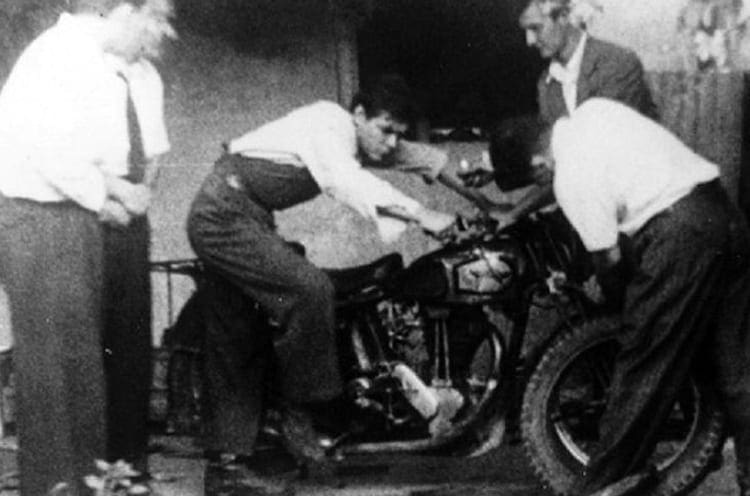
Many of these knights of the road will also tie a red ribbon to the exhaust pipe or taillights of their noble steed. This nationwide superstition suggests that bad luck is attracted to the ribbon rather than it befalling any other part of the vehicle. I guess in a country where parts are hard to come by and keeping costs down is high priority, every little helps.
———-
Words and photos by Vincent JS Wood
Advert
 Enjoy more RealClassic reading in the monthly magazine. Click here to subscribe.
Enjoy more RealClassic reading in the monthly magazine. Click here to subscribe.


